 Lost Ark Dreaming by Suyi Davies Okungbowa
Lost Ark Dreaming by Suyi Davies Okungbowa Format: eARC
Source: supplied by publisher via Edelweiss
Formats available: hardcover, ebook, audiobook
Genres: dystopian, mythology, post apocalyptic, retellings, science fiction
Pages: 192
Published by Tordotcom on May 21, 2024
Purchasing Info: Author's Website, Publisher's Website, Amazon, Barnes & Noble, Kobo, Bookshop.org, Better World Books
Goodreads
The brutally engineered class divisions of Snowpiercer meets Rivers Solomon’s The Deep in this high-octane post-climate disaster novella written by Nommo Award-winning author Suyi Davies Okungbowa
Off the coast of West Africa, decades after the dangerous rise of the Atlantic Ocean, the region’s survivors live inside five partially submerged, kilometers-high towers originally created as a playground for the wealthy. Now the towers’ most affluent rule from their lofty perch at the top while the rest are crammed into the dark, fetid floors below sea level.
There are also those who were left for dead in the Atlantic, only to be reawakened by an ancient power, and who seek vengeance on those who offered them up to the waves.
Three lives within the towers are pulled to the fore of this Yekini, an earnest, mid-level rookie analyst; Tuoyo, an undersea mechanic mourning a tremendous loss; and Ngozi, an egotistical bureaucrat from the highest levels of governance. They will need to work together if there is to be any hope of a future that is worth living―for everyone.
My Review:
Noah’s Ark isn’t the only, let’s call it an ancestral tale, of a great flood that once upon a time, a long, long time ago, wiped out civilization as the variations of ancient civilizations that existed then knew it.
In other words, Noah wasn’t the only mythical being who built an ark, and our Bible isn’t the only religious document, myth or legend where such an event was recorded and/or told and/or remembered.
This has all happened before, and it will all happen again.
Which is, in its largest frame, the story in Lost Ark Dreaming. Because the flood itself has already happened again. This is the story about the creation of the ark that will save humanity as backward as that may seem.
It’s about the form that the ark will take this time – and about who it will save. If anyone is worth saving.
That part is the story of Lost Ark Dreaming in its smaller frame, of the story being told in its ‘here and now’ – a near-future, drowning, dystopia and the tiny group of outsiders, heroes,and potential saviors who may have to die to bring a message of hope to people that need it more than they recognize – no matter how much the earthly powers-that-be reassure them that all is well.
Because all is far from well, and the foundations of anything that once might have approached that well are crumbling around them – literally – and taking everyone and everything with them. Again.
Unless this Ark can manage to carry them all. At last.
Escape Rating B: This is a story that travels in layers, come to think of it a bit like the decks of an actual ark. It’s also an SF story that toes right up to the line of fantasy – or at least to mythic retellings – but doesn’t exactly go over that line. At least not completely.
At first, setting is both very SFnal and rather familiar. The Pinnacle is just the kind of ossified, stratified society that develops in stories about generation ships on long voyages. It reminded me more than a bit of Medusa Uploaded or Braking Day, in that generation after generation has lived on in this one, remaining, isolated structure and over the decades people have become locked into the places that their parents were born into as the elite levels become further and further out of touch from the people who lives they control.
(This is the point where I wanted a little bit more of the background that there just isn’t room for in a novella. The worldbuilding is tight and solid but very insular, which left me wondering a LOT about the rest of humanity as we know it and whether there’s any contact with the rest of the world – if there still is one above the waves.)
The protagonists represent the various strata of that society, as well as the desperation of those who have risen through some of the possible ranks to maintain their level of comfort and the contempt with which those who have achieved or been born into those middle-levels treat the literal “lowers” who live below them and maintain the structure that they ALL rely on.
At the same time, the way that the “midders” treat the “lowers” and the way that the “uppers” defer maintenance and budgets for the nitty-gritty but absolutely and literally fundamental infrastructure reads entirely too much like the way that governments have always operated and probably will centuries from now as well – if there are any, that is.
In other words, the whole thing is headed straight for a ‘perfect storm’, and so are we because their now isn’t all that far in our future.
What lifts the story up and out of the mire is where the fantasy/mythic retelling elements come in – in ways that will remind readers of Rivers Solomon’s The Deep and Leslye Penelope’s Daughter of the Merciful Deep. Because the humans in the tower are not the only people who need to find a way out of the vicious cycle. All the denizens of the deep have to do is find a way to communicate and find common ground with the ‘towerzens’ who are still willing and able to listen.
It felt like there were two stories in Lost Ark Dreaming, two great tastes that in the end did go great together. I got hooked by the SFnal setting, some readers will get caught up in the ‘hero-tale’ of the outsiders finding a way to get past the structures that keep their people isolated, while others will fall for the idea of the drowned and the lost finding a new form of life and all the myths and legends they have gathered up in that making.
That the whole thing is wrapped up in a tale of fighting the odds against a repressive dictatorship makes the whole story that much more compelling.
In the end, the conclusion of the story is one of immediate triumph and long-term hope – but it doesn’t have to work out that in the long run but it could all STILL be happening yet again. It’s left for the reader to decide. Which I am, still.

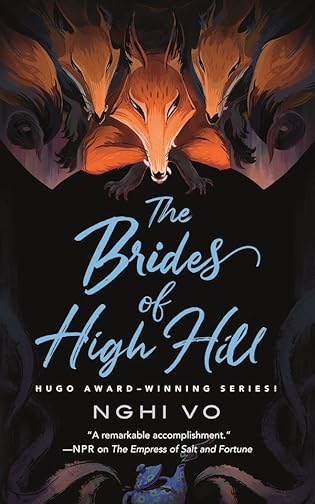 The Brides of High Hill (The Singing Hills Cycle, #5) by
The Brides of High Hill (The Singing Hills Cycle, #5) by 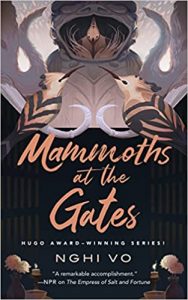 When we first catch up with Cleric Chih as they are accompanying bride-to-be Pham Nhung and her family on their trip to make the final negotiations for Pham Nhung’s marriage to the older and much wealthier Lord Guo, the reader has the sense that they remember when Chih met Nhung at the gates of the Singing Hills Abbey back in the previous book,
When we first catch up with Cleric Chih as they are accompanying bride-to-be Pham Nhung and her family on their trip to make the final negotiations for Pham Nhung’s marriage to the older and much wealthier Lord Guo, the reader has the sense that they remember when Chih met Nhung at the gates of the Singing Hills Abbey back in the previous book, 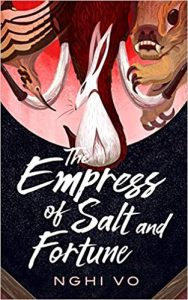 Escape Rating A-: From the very first book in the
Escape Rating A-: From the very first book in the 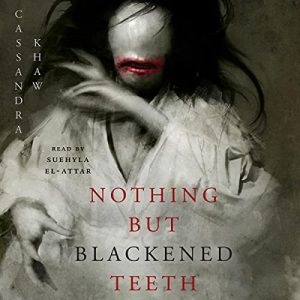 At the very beginning of The Brides of High Hill, Cleric Chih is remembering his late mentor, Cleric Thien, and an occasion where Thien told Chih that “Everything starts with a story,” and a very young and not yet cleric Chih asks, “But what does that mean?”
At the very beginning of The Brides of High Hill, Cleric Chih is remembering his late mentor, Cleric Thien, and an occasion where Thien told Chih that “Everything starts with a story,” and a very young and not yet cleric Chih asks, “But what does that mean?”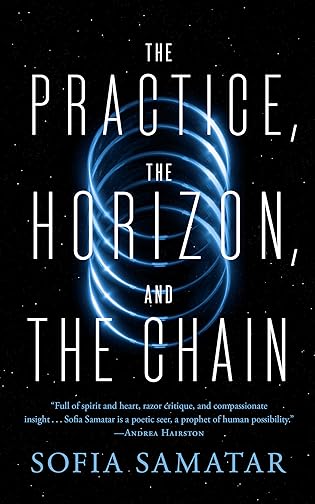 The Practice, the Horizon, and the Chain by
The Practice, the Horizon, and the Chain by 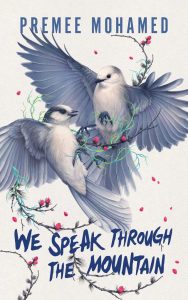 Not that academia doesn’t do plenty of caste stratification of its very own, and not that it can’t be both blood thirsty and bloody minded – particularly in its small-minded, impractical politics. If an exploration of that appeals and you enjoy SF mysteries, Malka Older’s Mossa and Plieti series,
Not that academia doesn’t do plenty of caste stratification of its very own, and not that it can’t be both blood thirsty and bloody minded – particularly in its small-minded, impractical politics. If an exploration of that appeals and you enjoy SF mysteries, Malka Older’s Mossa and Plieti series, 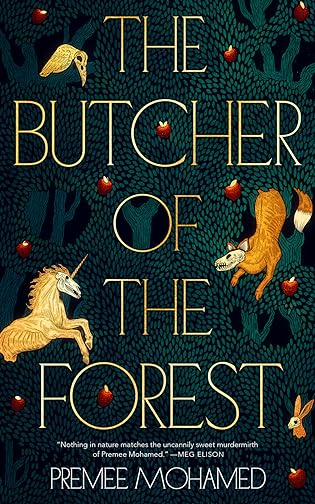 The Butcher of the Forest by
The Butcher of the Forest by 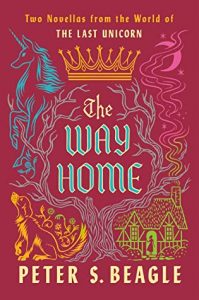 What kept niggling at me through my read of The Butcher of the Forest was that it reminded me, strongly and often, of something else that was not Middle Earth. And that, as it turns out, is the Sooz duology in Peter S. Beagle’s
What kept niggling at me through my read of The Butcher of the Forest was that it reminded me, strongly and often, of something else that was not Middle Earth. And that, as it turns out, is the Sooz duology in Peter S. Beagle’s 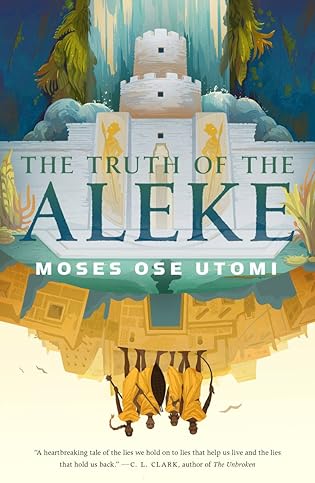 The Truth of the Aleke (Forever Desert, #2) by
The Truth of the Aleke (Forever Desert, #2) by 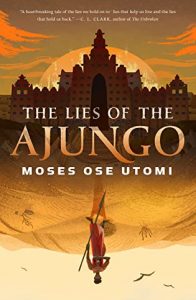 Escape Rating A+: Read
Escape Rating A+: Read 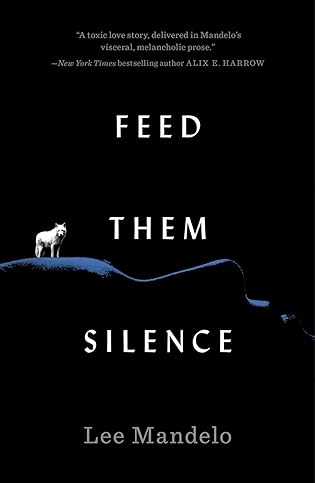 Feed Them Silence by
Feed Them Silence by 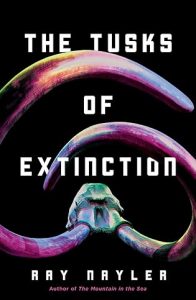 The process of becoming one with her wolf sounded exactly like the process portrayed in the
The process of becoming one with her wolf sounded exactly like the process portrayed in the  The Imposition of Unnecessary Obstacles (Mossa & Pleiti, #2) by
The Imposition of Unnecessary Obstacles (Mossa & Pleiti, #2) by 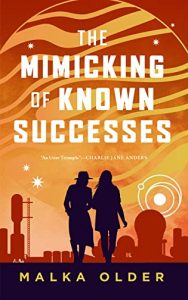 Escape Rating A+: There’s something supremely comforting about this series – and I’m oh-so-happy it IS a series because
Escape Rating A+: There’s something supremely comforting about this series – and I’m oh-so-happy it IS a series because 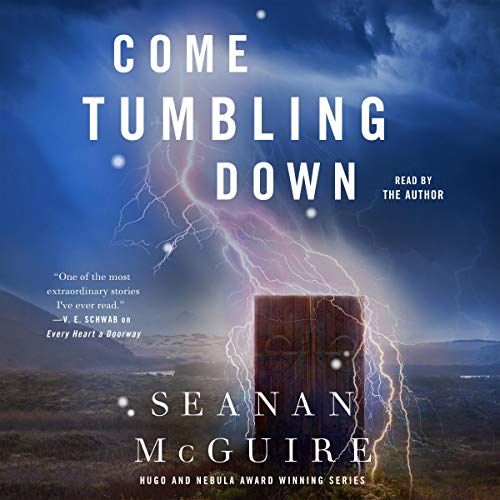 Come Tumbling Down (Wayward Children, #5) by
Come Tumbling Down (Wayward Children, #5) by 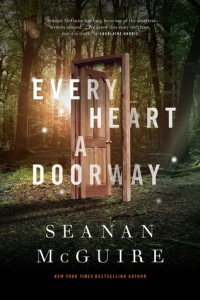 I’ve been winding my way through Seanan McGuire’s
I’ve been winding my way through Seanan McGuire’s 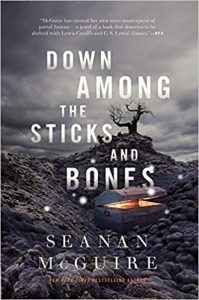 Jack is in dire straits when she returns to the school, and she needs the help of the only friends she can trust to see that, in spite of appearances, she’s still Jack even though she’s in her twin sister Jill’s body. They are the only people who know her well enough to understand that her OCD will not allow her to just adapt to living her life in the unclean thing that murdered her mentor – even if Jill’s full, entire, complete and utterly nefarious plot is to destroy both her sister Jack and the balance that keeps The Moors relatively safe and functional for the human population that was born to a world where vampires contend with mad scientists and drowned gods prey upon ships and shorelines, where the sun only rises behind thick clouds and lightning storms happen whenever the Moon wills it so.
Jack is in dire straits when she returns to the school, and she needs the help of the only friends she can trust to see that, in spite of appearances, she’s still Jack even though she’s in her twin sister Jill’s body. They are the only people who know her well enough to understand that her OCD will not allow her to just adapt to living her life in the unclean thing that murdered her mentor – even if Jill’s full, entire, complete and utterly nefarious plot is to destroy both her sister Jack and the balance that keeps The Moors relatively safe and functional for the human population that was born to a world where vampires contend with mad scientists and drowned gods prey upon ships and shorelines, where the sun only rises behind thick clouds and lightning storms happen whenever the Moon wills it so. Escape Rating A-: The
Escape Rating A-: The 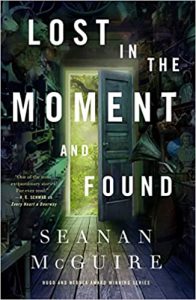 One of the core tenets of the whole, entire,
One of the core tenets of the whole, entire, 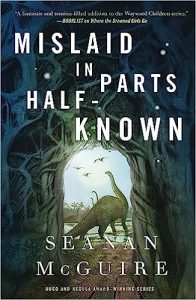 So, on the surface there’s a story about vampires and mad scientists set in a place that the great horror movies might have used for their inspiration – if not their actual setting. Underneath that there’s a deeper story about balances of power and how devastating it can be when those balances become unbalanced. And the story of one heroine who is willing to throw her own body into the breach – along with her sister’s corpse – to preserve that balance at truly any and every cost.
So, on the surface there’s a story about vampires and mad scientists set in a place that the great horror movies might have used for their inspiration – if not their actual setting. Underneath that there’s a deeper story about balances of power and how devastating it can be when those balances become unbalanced. And the story of one heroine who is willing to throw her own body into the breach – along with her sister’s corpse – to preserve that balance at truly any and every cost.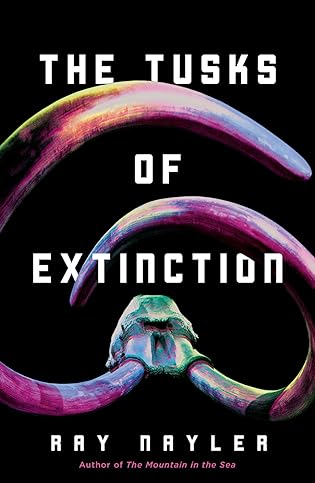 The Tusks of Extinction by
The Tusks of Extinction by 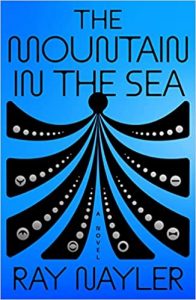 Escape Rating A-: I picked this one up because I utterly adored the author’s debut novel,
Escape Rating A-: I picked this one up because I utterly adored the author’s debut novel, 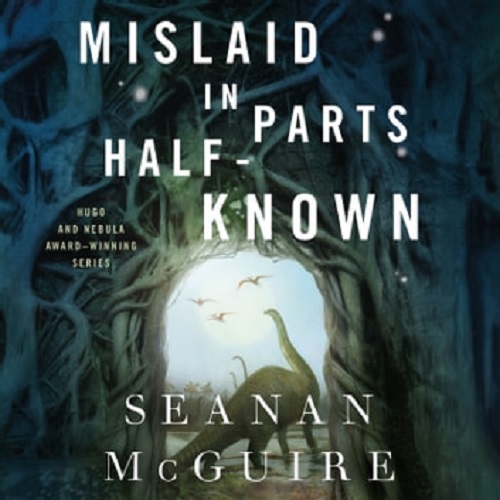 Mislaid in Parts Half-Known (Wayward Children, #9) by
Mislaid in Parts Half-Known (Wayward Children, #9) by 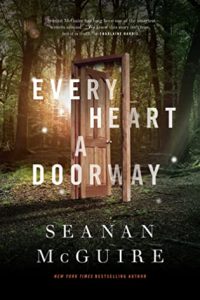 Beginning with
Beginning with